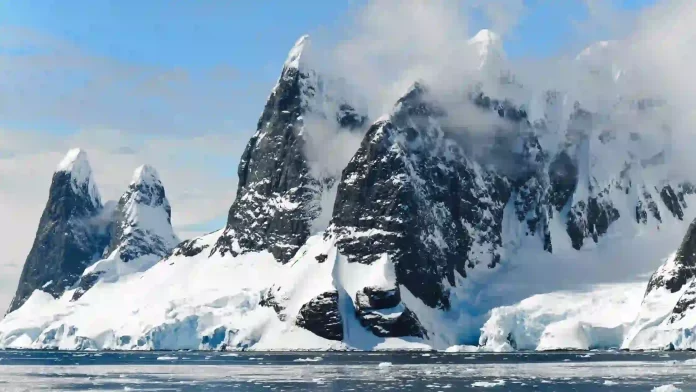Imagine a superhero that protects us from the harmful rays of the Sun. Well, the Earth has its own guardian called the ozone layer.
But did you know that there are certain things in our environment that can harm this protective shield?
In this article, we will unravel the mystery behind the relationship between ozone, polar fronts, stratospheric clouds, and chlorofluorocarbons (CFCs).
The Ozone Layer and Its Importance
First, let’s understand what the ozone layer is. The ozone layer is a protective shield of ozone gas located in the Earth’s stratosphere, approximately 10 to 50 kilometers above the Earth’s surface.
This layer plays a crucial role in filtering out harmful ultraviolet (UV) radiation from the Sun.
UV radiation can cause sunburn, skin cancer, and harm to our environment.
Polar Fronts and Stratospheric Clouds
Polar fronts are regions where cold polar air meets warm tropical air.
These fronts occur primarily in the Earth’s polar regions and influence the formation of stratospheric clouds.
Stratospheric clouds, also known as polar stratospheric clouds (PSCs), form in the stratosphere during the winter months in polar regions.
These clouds are unique because they contain tiny ice crystals, and their presence can have a significant impact on ozone depletion.
The Role of Stratospheric Clouds in Ozone Depletion
Stratospheric clouds, especially a specific type called polar stratospheric clouds (PSCs), play a vital role in ozone depletion.
The ice crystals in PSCs provide surfaces for chemical reactions to occur. These reactions involve chlorine-containing compounds, including chlorofluorocarbons (CFCs).
The Connection: Chlorofluorocarbons (CFCs
Chlorofluorocarbons (CFCs) are human-made chemicals that were commonly used in products like aerosol sprays, refrigerants, and foam-blowing agents.
These chemicals were popular due to their stability and non-toxic nature. However, CFCs have a dark side when it comes to the ozone layer.
When released into the atmosphere, CFCs can eventually reach the stratosphere. In the presence of UV radiation, CFCs break down, releasing chlorine atoms.
These chlorine atoms can then react with ozone molecules, causing them to break apart. One chlorine atom has the potential to destroy thousands of ozone molecules.
The Impact on Ozone Depletion
The combination of polar fronts, stratospheric clouds, and the inflow of CFCs creates the perfect environment for ozone depletion. During the polar winter, PSCs provide a surface for chemical reactions involving chlorine from CFCs.
When the polar spring arrives, sunlight triggers reactions that release chlorine atoms, which attack ozone molecules.
This leads to a decrease in the concentration of ozone in the stratosphere, creating an “ozone hole” in polar regions.
Global Efforts and Solutions
The discovery of the ozone hole sparked global concern and led to international action.
The Montreal Protocol 1987, signed by almost every country, aimed to phase out the production and use of CFCs and other ozone-depleting substances.
Thanks to this collective effort, the production and consumption of CFCs have been significantly reduced, allowing the ozone layer to slowly recover.
Protecting Our Ozone Layer
As individuals, we can contribute to protecting the ozone layer. Here are some simple steps we can take:
- Reduce, Reuse, Recycle: By reducing our consumption of products that contain ozone-depleting substances, we can help prevent their release into the atmosphere.
- Spread Awareness: Educate others about the importance of the ozone layer and the impact of human activities. Encourage friends and family to make environmentally friendly choices.
- Support Alternatives: Choose products and technologies that are ozone-friendly, such as aerosol sprays labeled “ozone-friendly” or appliances that use non-ozone-depleting refrigerants.
The relationship between ozone, polar fronts, stratospheric clouds, and chlorofluorocarbons is a fascinating tale of environmental interplay.
Understanding this connection empowers us to protect and preserve our ozone layer, ensuring a safer and healthier planet for future generations.
Together, we can be environmental superheroes, making a difference in the fight against ozone depletion and safeguarding the delicate balance of our Earth’s atmosphere.
